Home>Gardening & Outdoor>Landscaping Ideas>When To Put Grass Seed Down In The Spring
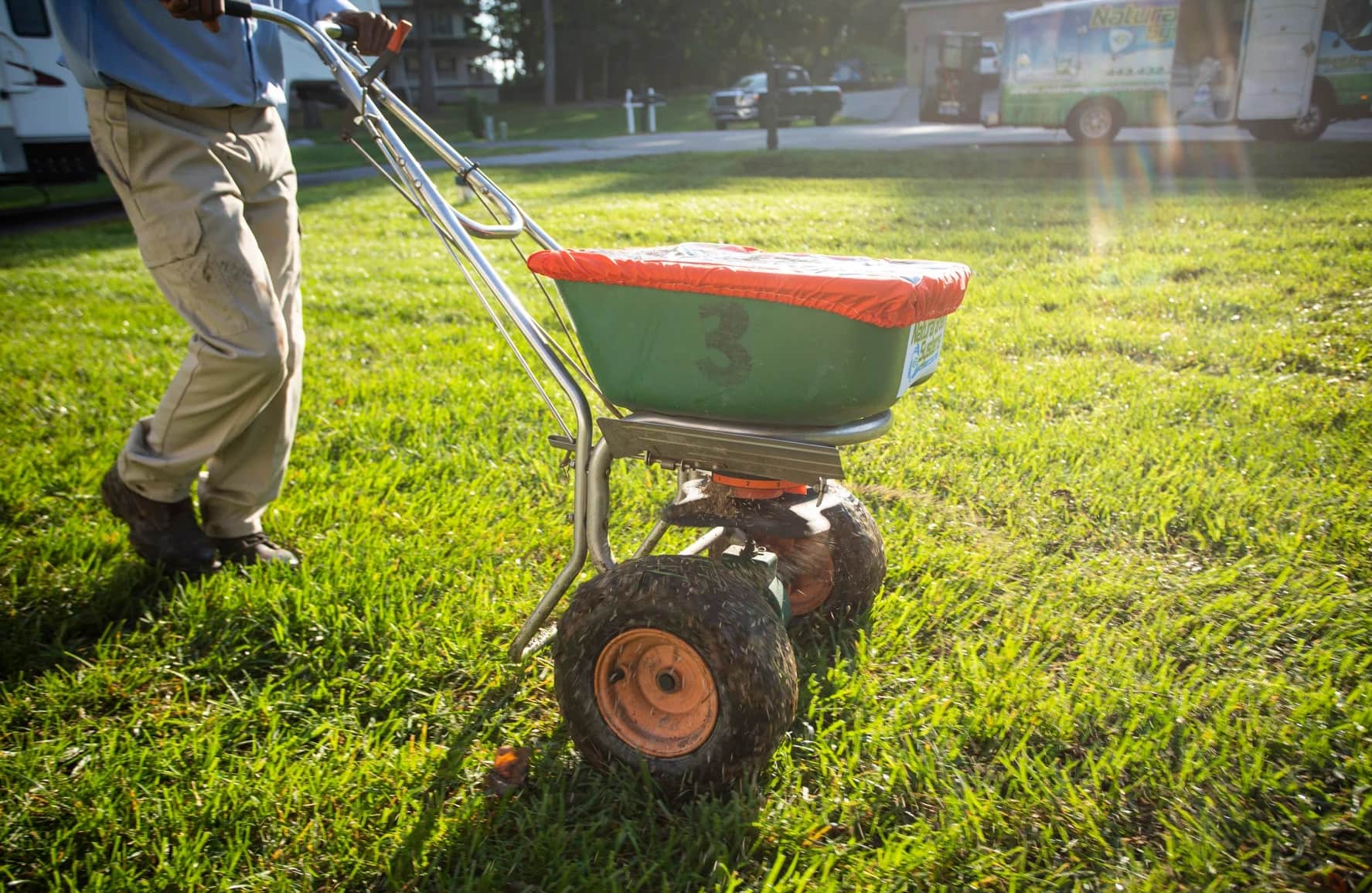

Landscaping Ideas
When To Put Grass Seed Down In The Spring
Published: January 28, 2024
Discover the best landscaping ideas for spring grass seed planting. Learn when to put grass seed down and achieve a lush, vibrant lawn. Ideal for homeowners and garden enthusiasts.
(Many of the links in this article redirect to a specific reviewed product. Your purchase of these products through affiliate links helps to generate commission for Storables.com, at no extra cost. Learn more)
Introduction
Welcome to the wonderful world of landscaping and gardening! Spring is a season of rejuvenation and growth, making it the perfect time to breathe new life into your lawn. Whether you’re a seasoned gardener or a novice enthusiast, the prospect of planting grass seed in the spring is an exciting endeavor that can transform your outdoor space into a lush, verdant oasis. As the days grow longer and the temperatures begin to rise, it’s essential to understand the optimal timing and methods for sowing grass seed to ensure a thriving and vibrant lawn.
In this comprehensive guide, we’ll delve into the key factors to consider before planting grass seed, explore the best time to embark on this horticultural journey in the spring, and provide a step-by-step roadmap for successfully nurturing your lawn to its full potential. By the end of this article, you’ll be equipped with the knowledge and confidence to cultivate a stunning carpet of greenery that will be the envy of your neighborhood.
Key Takeaways:
- Timing is crucial when planting grass seed in spring. Consider soil temperature, weather, and local climate for a thriving lawn.
- Prepare the soil, address weeds, spread the seed, water, and monitor. Patience and care are key to nurturing a lush, resilient lawn.
Read more: When To Put Down Bermuda Seed
Factors to Consider Before Planting Grass Seed
Before diving into the process of planting grass seed in the spring, it’s crucial to assess several key factors that can significantly impact the success of your lawn revitalization project. Understanding these considerations will help you make informed decisions and set the stage for a thriving and resilient lawn.
- Soil Temperature and Moisture: The soil temperature plays a pivotal role in the germination and establishment of grass seed. It’s essential to wait until the soil has warmed up sufficiently, typically reaching a consistent temperature of 55 to 65 degrees Fahrenheit. Additionally, the soil should be moist but not waterlogged, as excessive moisture can hinder seed germination.
- Grass Seed Selection: Choosing the right type of grass seed for your specific climate, soil type, and sun exposure is paramount. Whether you opt for cool-season grasses like Kentucky bluegrass and fescue or warm-season varieties such as Bermuda grass and Zoysia grass, selecting the appropriate seed will set the foundation for a robust and visually appealing lawn.
- Existing Lawn Conditions: Evaluate the current state of your lawn, including any existing grass, weeds, or bare patches. Addressing weed infestations and preparing the soil through aeration and dethatching can create an optimal environment for new grass seed to take root and flourish.
- Sunlight and Shade: Take note of the sunlight patterns in your yard to determine the areas of full sun, partial shade, and deep shade. Different grass species thrive in varying light conditions, so understanding the sunlight exposure will guide your seed selection and planting strategy.
- Upcoming Weather Patterns: Consider the weather forecast for the upcoming weeks after planting the grass seed. Ideally, you’ll want a period of mild temperatures and consistent rainfall to support the germination and early growth of the new grass.
- Time and Commitment: Planting grass seed requires a certain level of dedication and follow-through. Ensure that you have the time to water the newly seeded areas regularly and monitor their progress as they begin to sprout and establish themselves.
By carefully considering these factors and tailoring your approach to suit your specific lawn and environmental conditions, you’ll be laying the groundwork for a flourishing and resilient grassy expanse that will enhance the beauty of your outdoor space.
Best Time to Plant Grass Seed in the Spring
Timing is everything when it comes to planting grass seed in the spring. While the exact timing can vary based on your geographic location and local climate, there are general guidelines to follow to maximize the success of your lawn reseeding or establishment efforts.
In most regions, the optimal window for planting grass seed in the spring typically falls between late March and mid-May. This timeframe aligns with the gradual warming of the soil and the transition from frosty conditions to milder temperatures, creating an ideal environment for seed germination and early growth.
Several key indicators can help you determine the opportune moment to sow grass seed:
- Soil Temperature: As mentioned earlier, soil temperature is a critical factor in the success of grass seed germination. Invest in a soil thermometer to monitor the temperature of the top inch of soil. Once the soil consistently reaches a range of 55 to 65 degrees Fahrenheit, it’s time to start planting your grass seed.
- Avoiding Late Frosts: While spring brings warmer days, it’s essential to be mindful of potential late frosts that can damage newly germinated grass seed. Keep an eye on the local frost dates and aim to plant your grass seed after the risk of frost has significantly diminished in your area.
- Weather Patterns: Pay attention to the forecasted weather patterns, aiming to sow the grass seed during a period of mild temperatures and adequate rainfall. Consistent moisture is crucial for supporting the initial growth of the newly planted seeds.
- Regional Considerations: Different regions and climates have unique characteristics that can influence the ideal timing for planting grass seed. Consult with local gardening experts or extension services to gain insights into the best practices for your specific area.
By aligning your grass seed planting schedule with these guidelines and taking into account the local climate and soil conditions, you can maximize the likelihood of achieving a lush and healthy lawn that will thrive throughout the spring and summer months.
Tip: Wait until soil temperatures consistently reach 55-65°F before planting grass seed in the spring. This ensures optimal conditions for germination and growth.
Steps for Planting Grass Seed in the Spring
Now that you’ve considered the essential factors and identified the optimal timing for planting grass seed in the spring, it’s time to roll up your sleeves and embark on the exciting journey of nurturing a vibrant lawn. By following a systematic approach and implementing best practices, you can set the stage for successful grass seed germination and establishment.
Here are the key steps to guide you through the process:
- Prepare the Soil: Begin by preparing the soil in the targeted areas where you intend to plant the grass seed. Remove any debris, such as rocks and branches, and use a garden rake to loosen the top layer of soil. If the soil is compacted, consider aerating it to improve drainage and promote healthy root development.
- Address Weed Control: Take proactive measures to address any existing weeds in the designated planting areas. Whether through manual removal or the application of a targeted herbicide, minimizing weed competition will create a favorable environment for the new grass seed to thrive.
- Spread the Grass Seed: Using a broadcast spreader or a handheld spreader, evenly distribute the grass seed over the prepared soil at the recommended seeding rate. Pay attention to any specific instructions provided on the seed packaging regarding the optimal seeding density for the chosen grass variety.
- Rake and Cover: After spreading the grass seed, gently rake the soil to ensure good seed-to-soil contact, which is essential for successful germination. Lightly cover the seeded areas with a thin layer of topsoil or compost to protect the seeds and retain moisture.
- Watering and Maintenance: Keep the newly seeded areas consistently moist by watering them lightly multiple times a day, especially during the initial germination phase. Avoid overwatering, which can lead to seed displacement or fungal issues. As the grass seedlings emerge and establish, gradually transition to a deeper but less frequent watering schedule.
- Monitor and Nurture: Patience and attentive care are crucial during the early stages of grass seed germination. Keep a close eye on the seeded areas, monitoring for signs of growth and adjusting your maintenance practices as needed. As the grass matures, gradually transition to a regular mowing schedule, ensuring that the blades are set to an appropriate height to promote healthy growth.
By diligently following these steps and providing the necessary care and attention, you’ll be well on your way to cultivating a lush and resilient lawn that will serve as a picturesque backdrop for outdoor gatherings, leisurely strolls, and moments of tranquil relaxation in your own backyard.
Conclusion
Congratulations on taking the proactive step of exploring the art and science of planting grass seed in the spring! As you’ve learned, this undertaking involves a thoughtful blend of timing, preparation, and ongoing care to yield a verdant and inviting lawn that enhances the beauty of your outdoor living space. By considering crucial factors such as soil conditions, grass seed selection, and local climate nuances, you’ve positioned yourself for success in nurturing a thriving lawn that will be the envy of the neighborhood.
As you embark on this horticultural journey, remember that patience and attentiveness are your allies. The process of planting grass seed in the spring is not merely a one-time task but an ongoing commitment to the well-being of your lawn. By following the recommended steps, from soil preparation to diligent watering and vigilant monitoring, you’ll be fostering the growth of a resilient and visually captivating grassy expanse.
Keep in mind that every lawn is unique, and your individual circumstances, including regional climate variations and specific grass species, may require tailored approaches. Embrace the opportunity to learn and adapt as you witness the transformation of your outdoor space into a lush and inviting sanctuary for relaxation and recreation.
As you witness the first tender blades of grass emerging from the soil and gradually maturing into a luxuriant carpet of greenery, take pride in the role you’ve played in fostering this natural beauty. Your efforts will be rewarded with a landscape that beckons you to savor the simple pleasures of barefoot walks, leisurely picnics, and cherished moments spent amidst the natural splendor of your own backyard.
May your journey of planting grass seed in the spring be filled with joy, fulfillment, and the gratifying sight of a flourishing lawn that reflects your dedication and love for the art of landscaping. Here’s to the boundless potential of your outdoor oasis and the memories waiting to be made in the embrace of nature’s timeless allure.
Frequently Asked Questions about When To Put Grass Seed Down In The Spring
Was this page helpful?
At Storables.com, we guarantee accurate and reliable information. Our content, validated by Expert Board Contributors, is crafted following stringent Editorial Policies. We're committed to providing you with well-researched, expert-backed insights for all your informational needs.
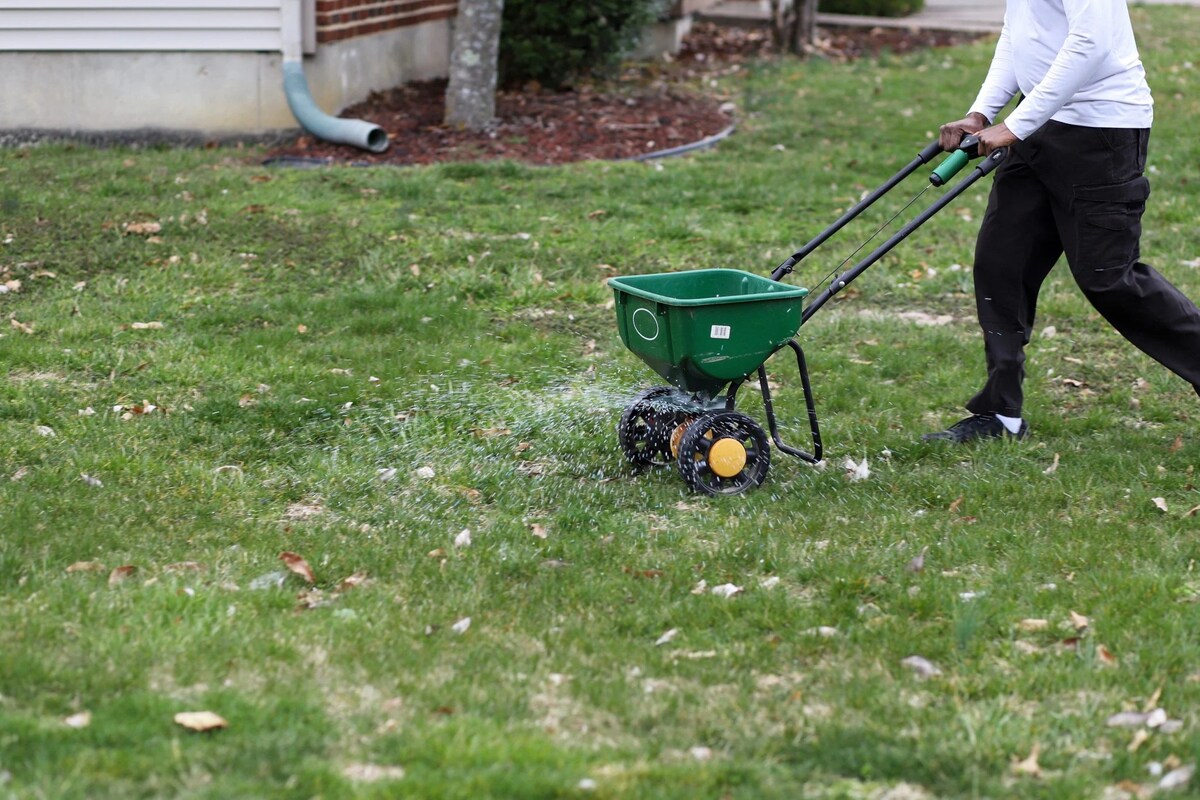
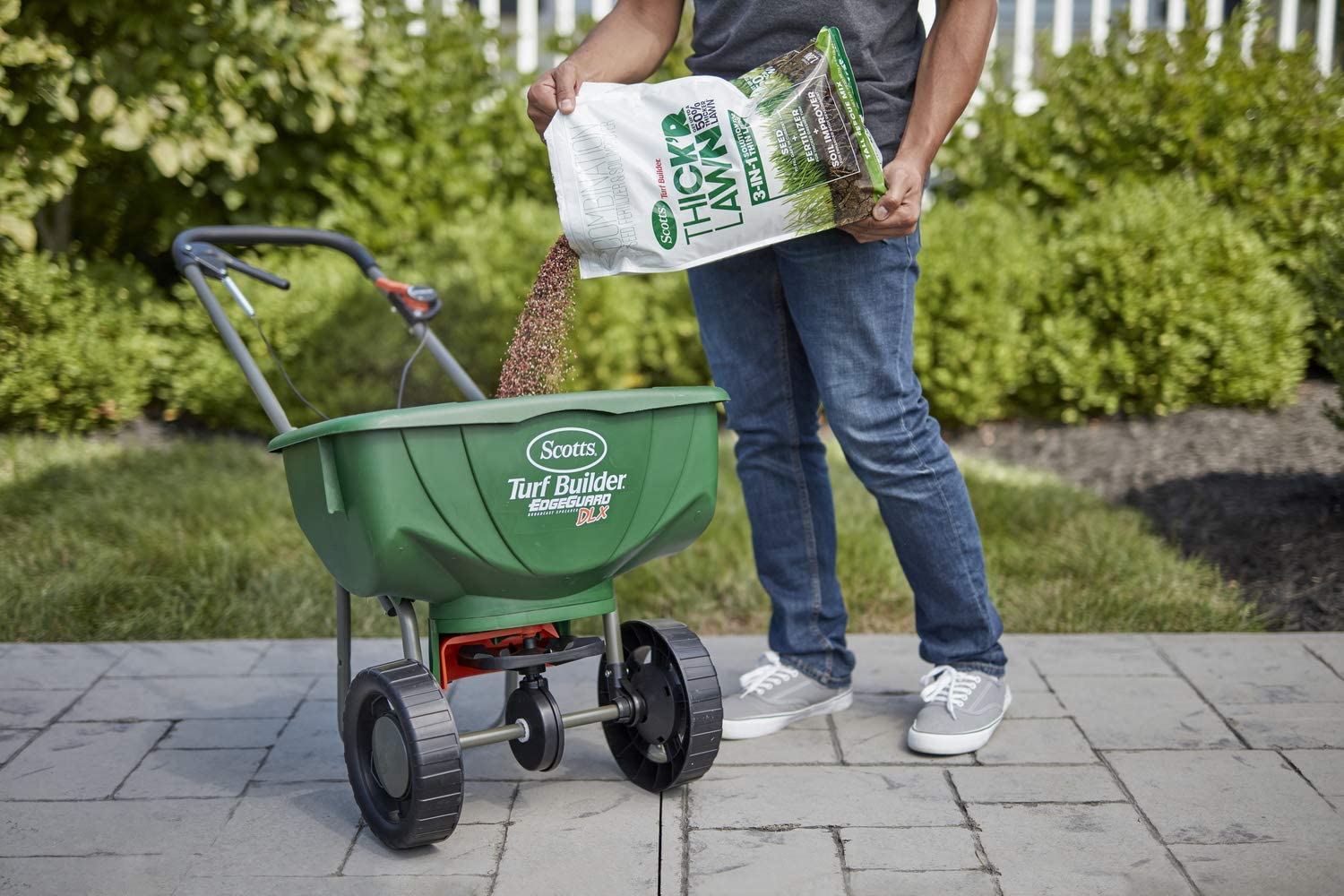
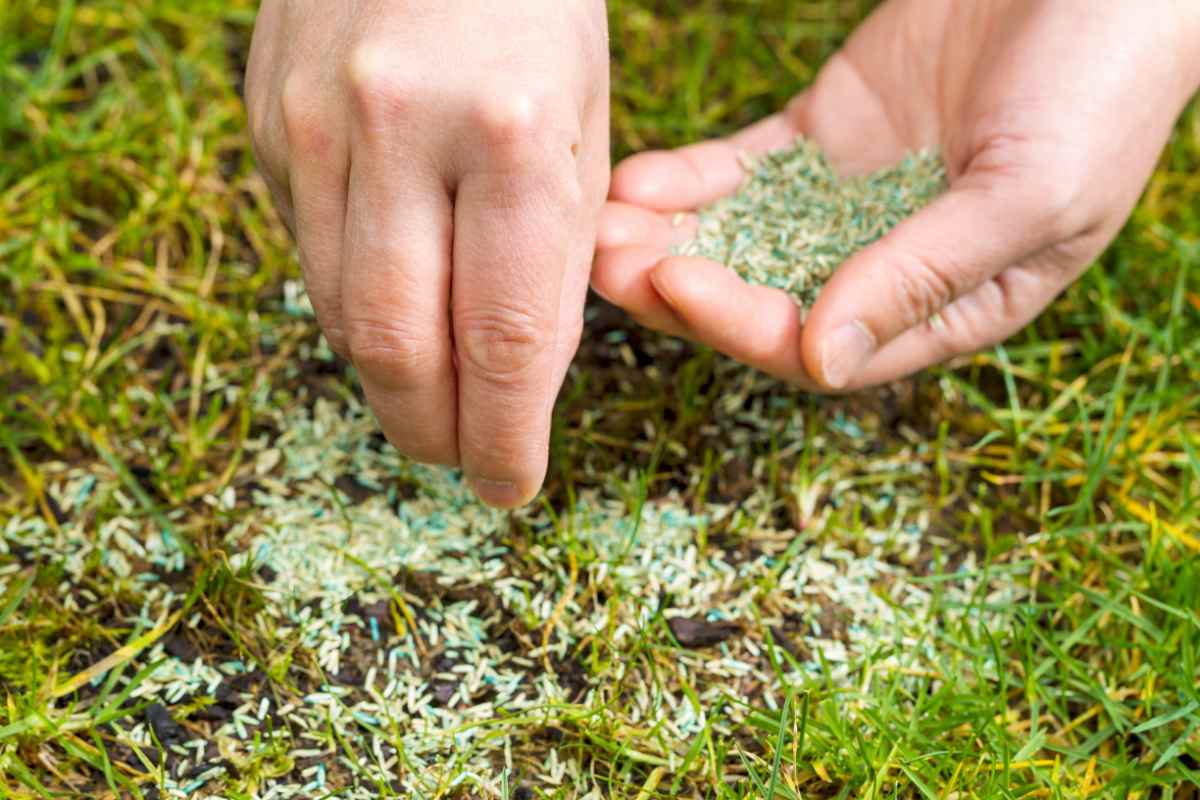
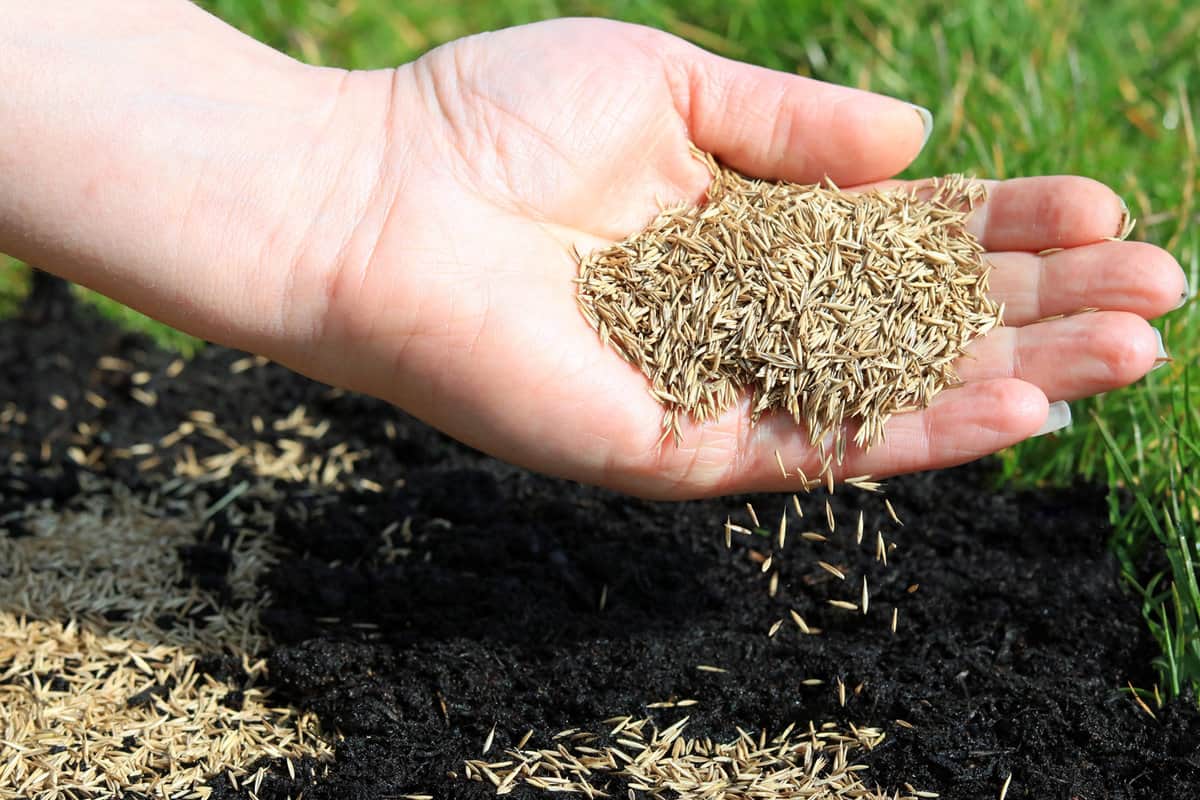
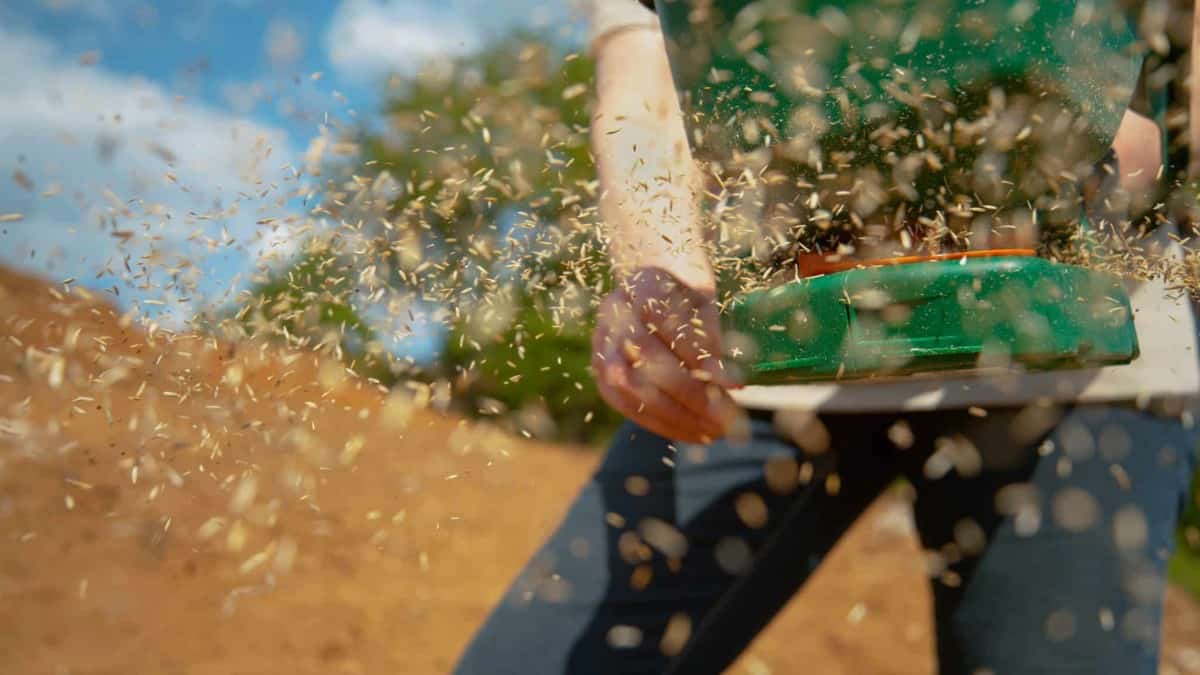
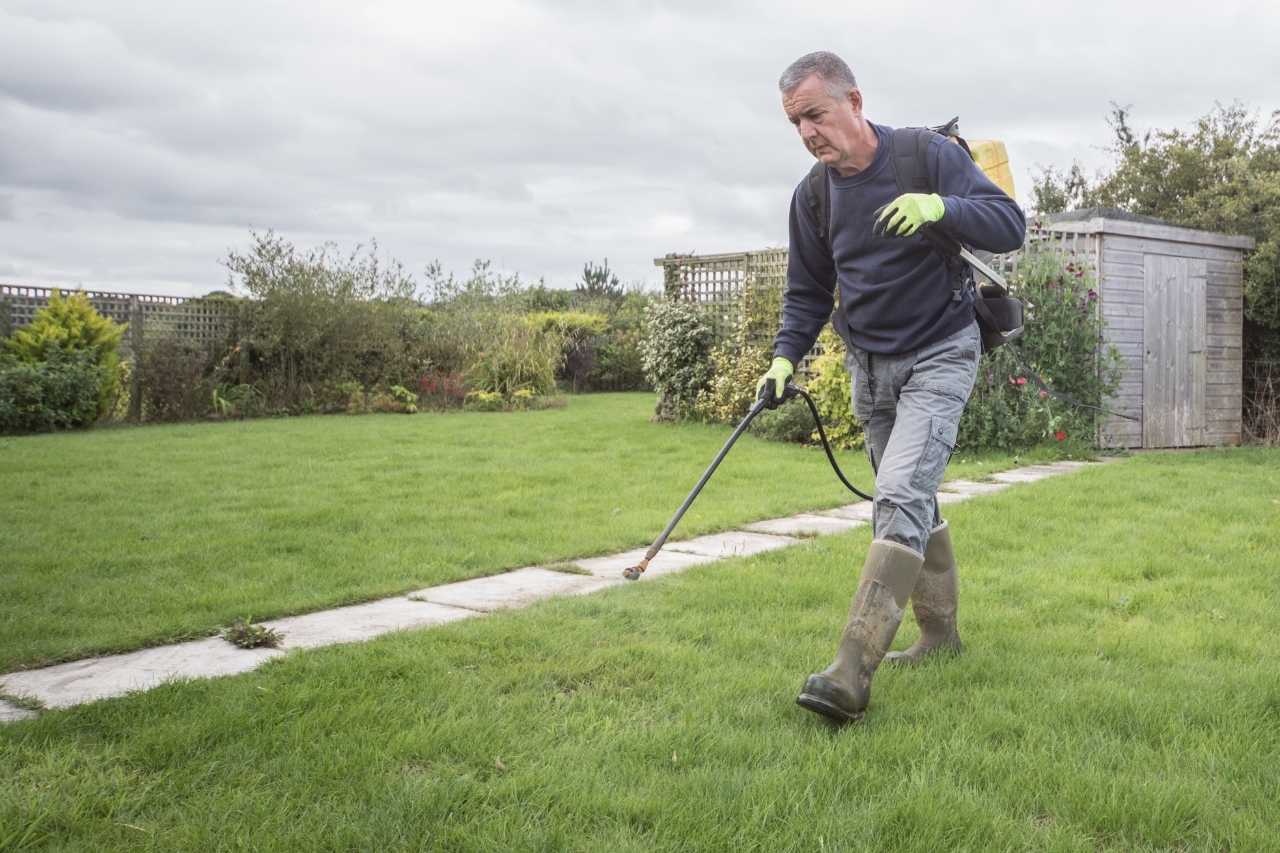
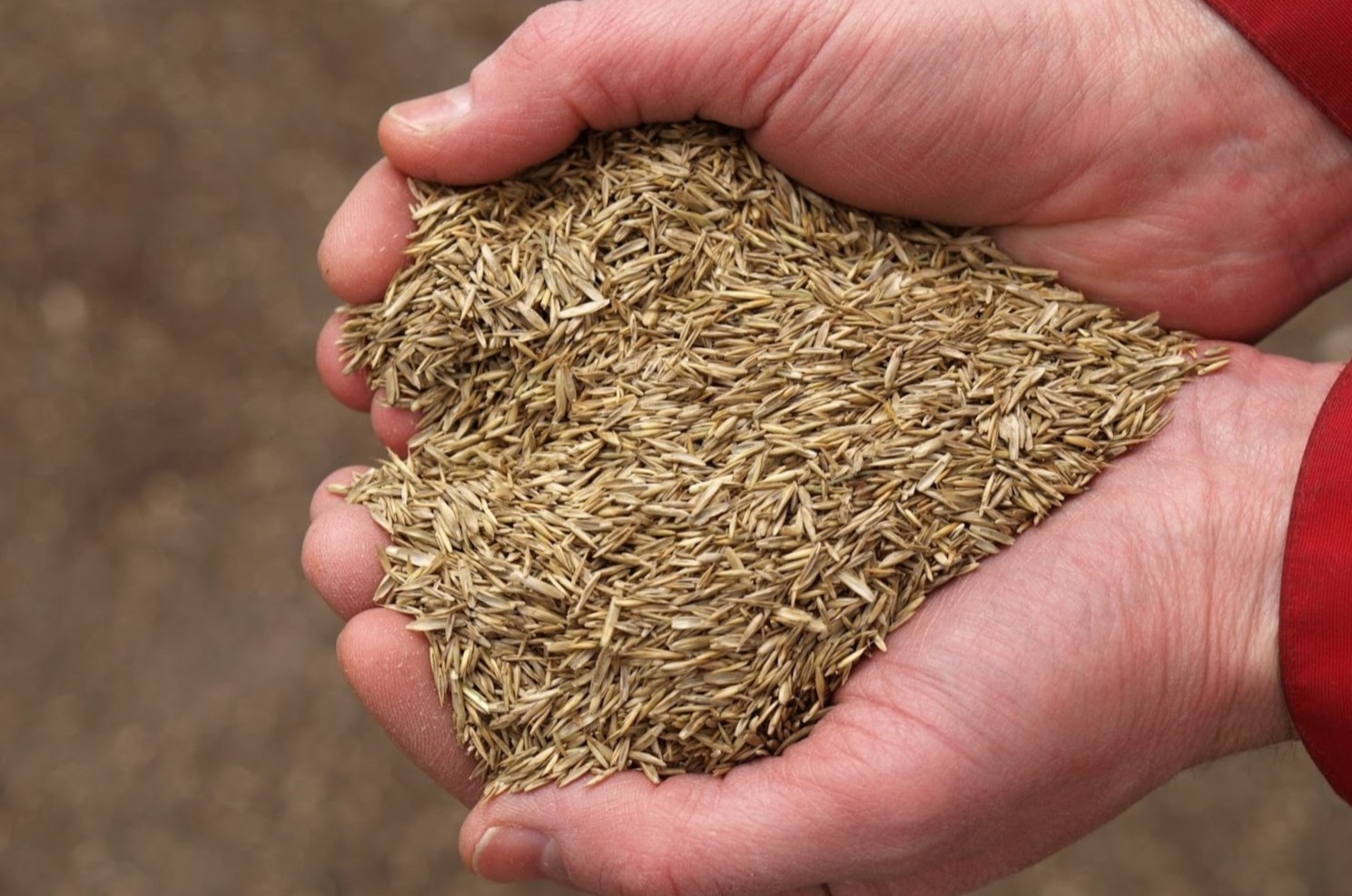


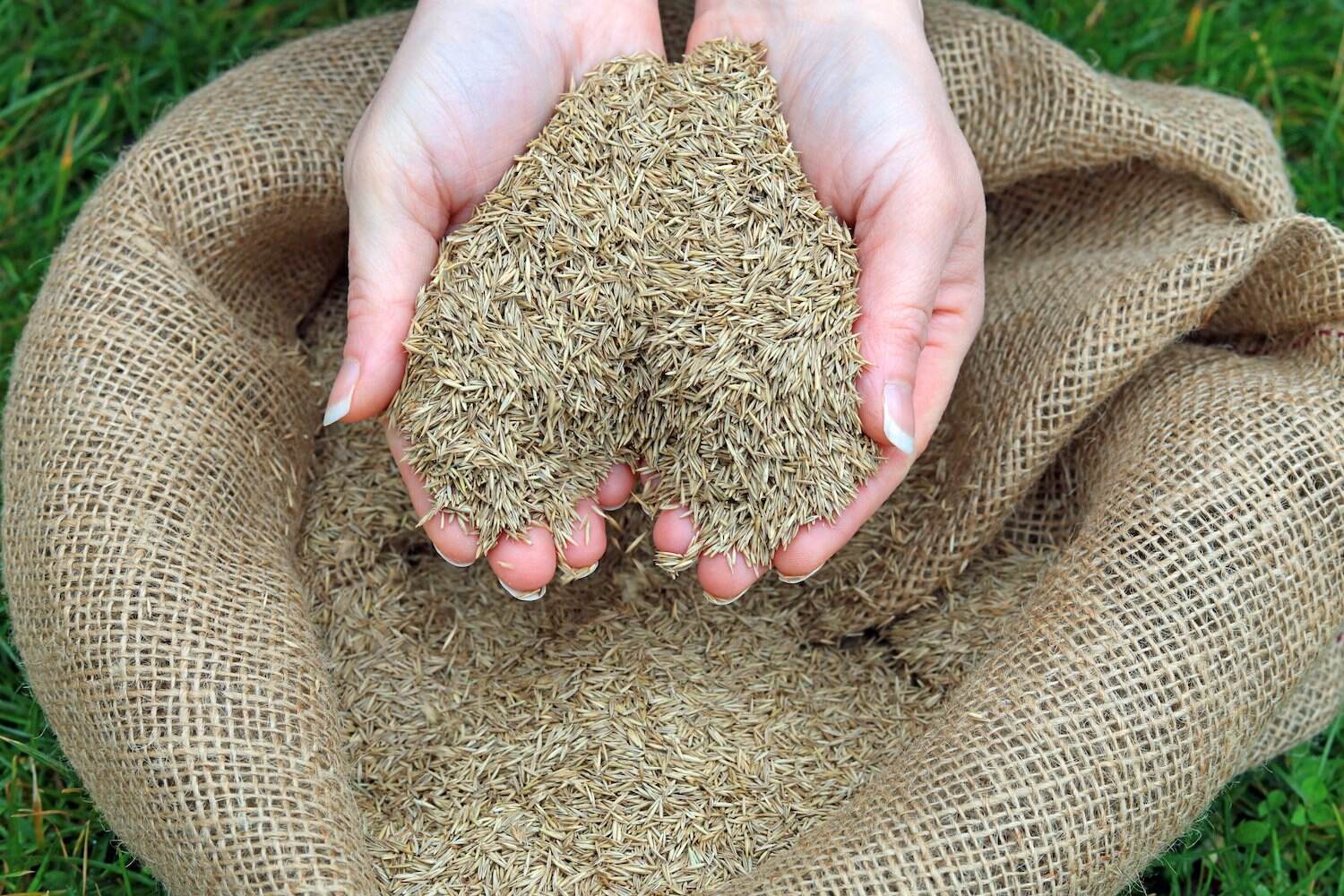

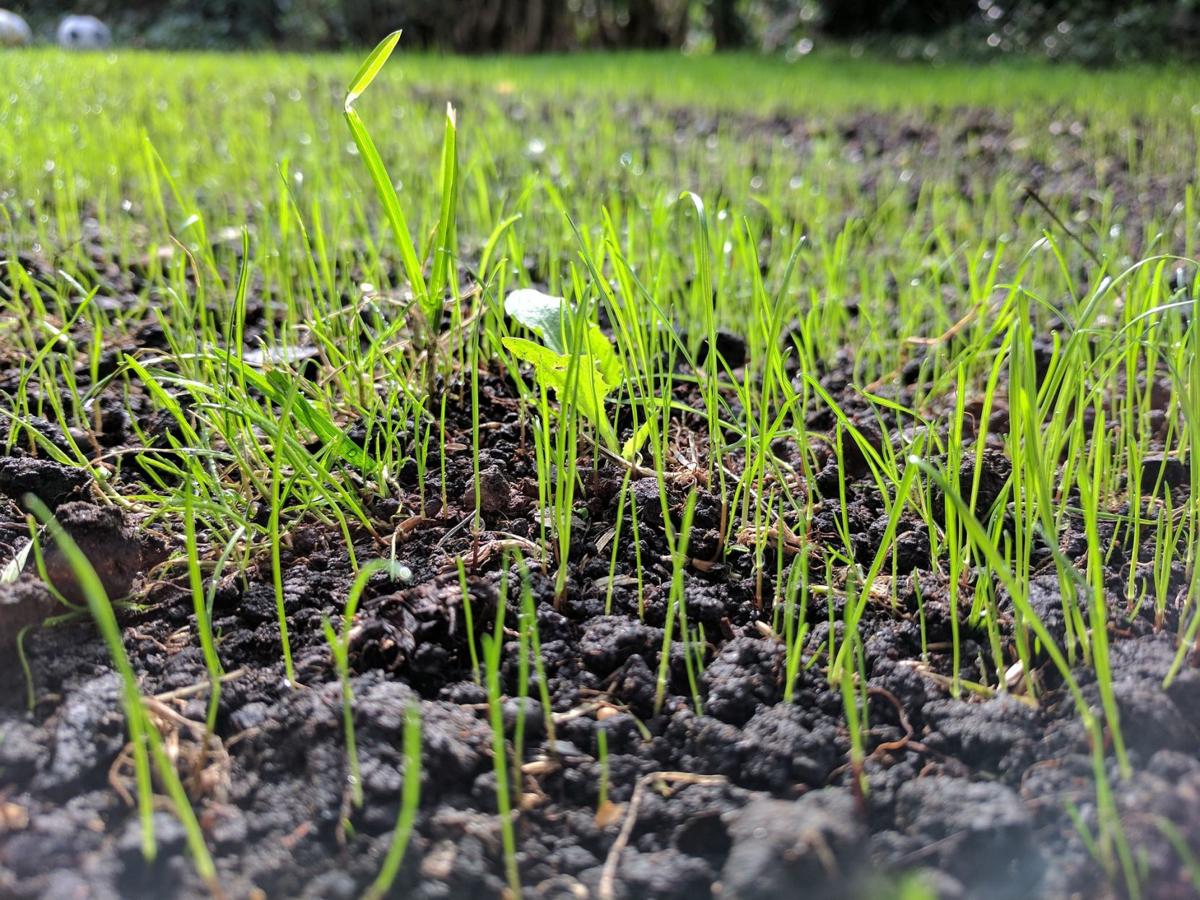
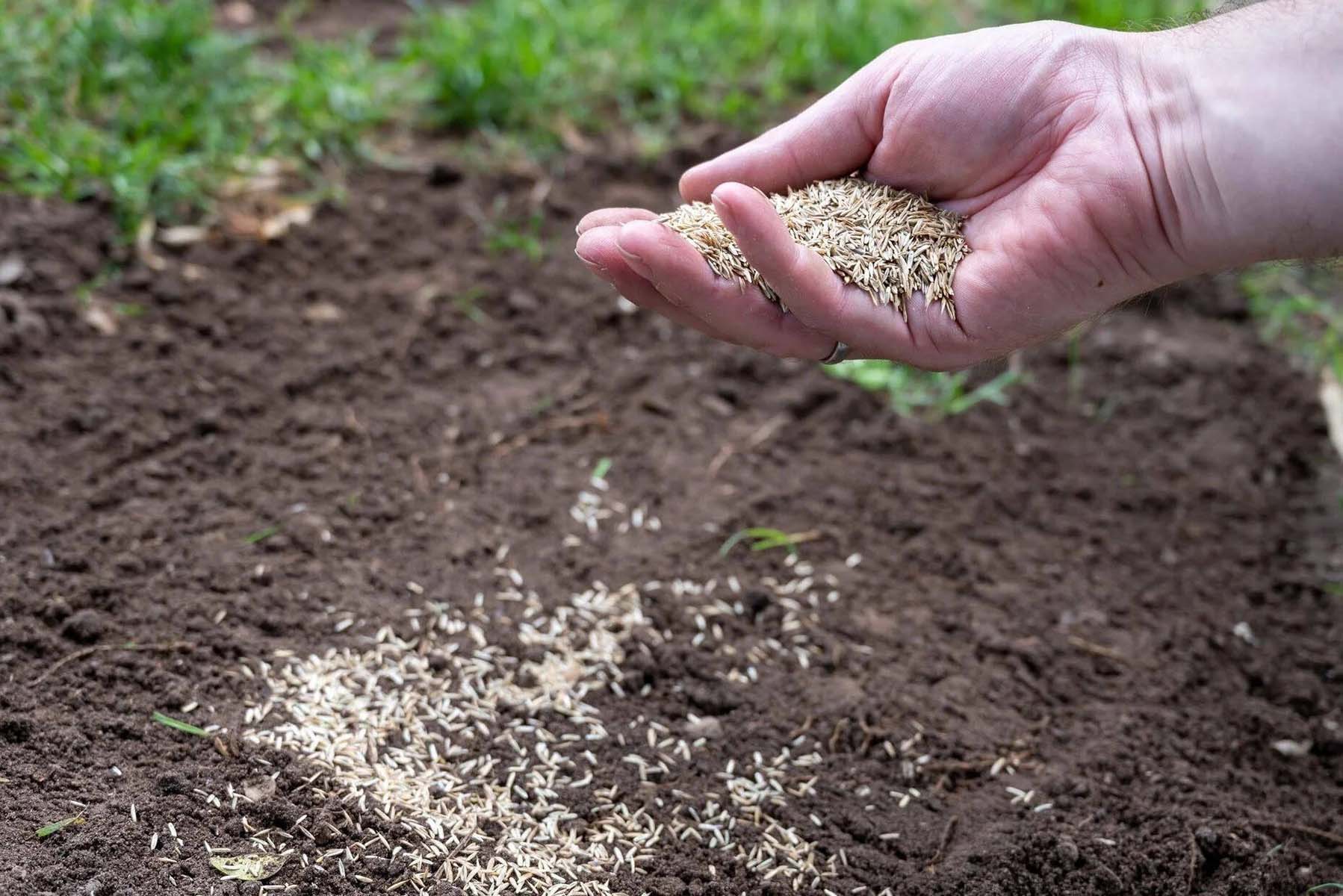
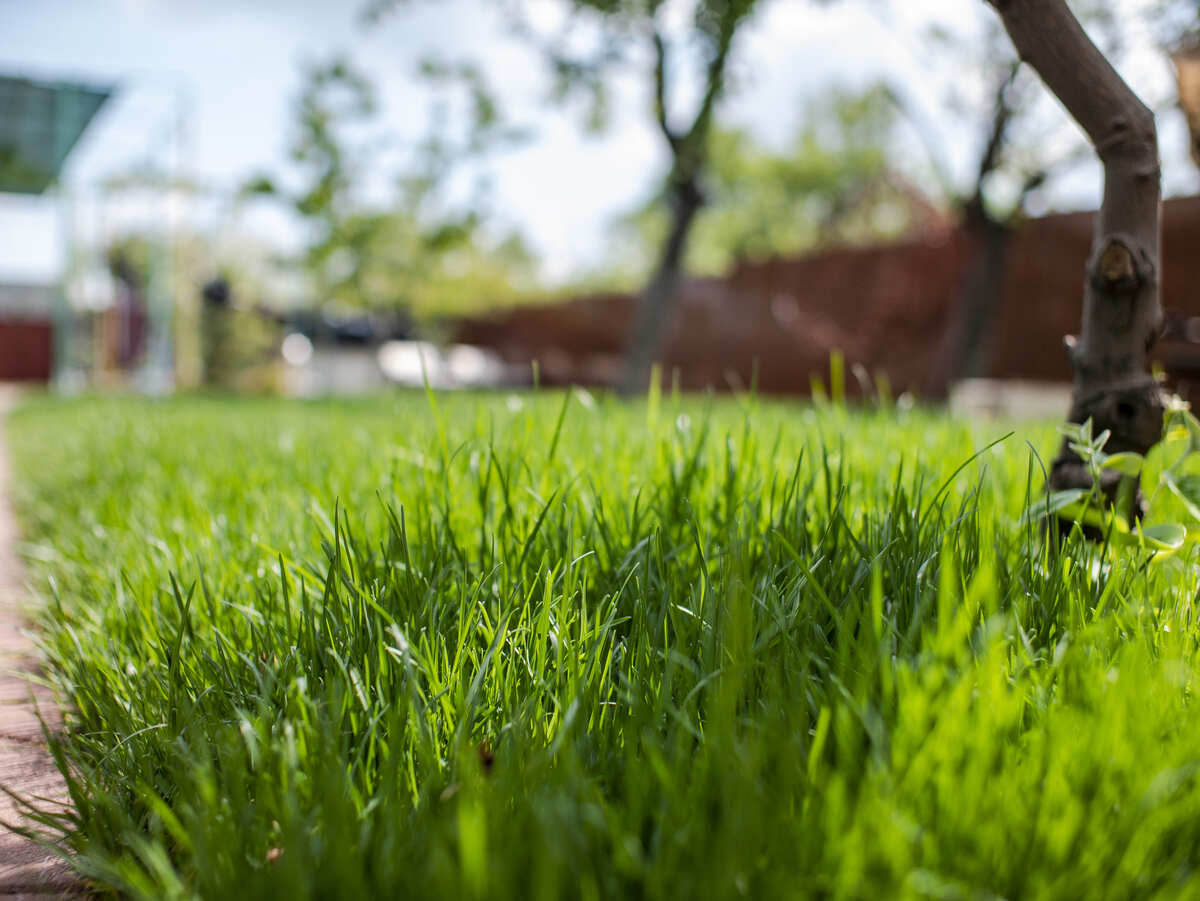
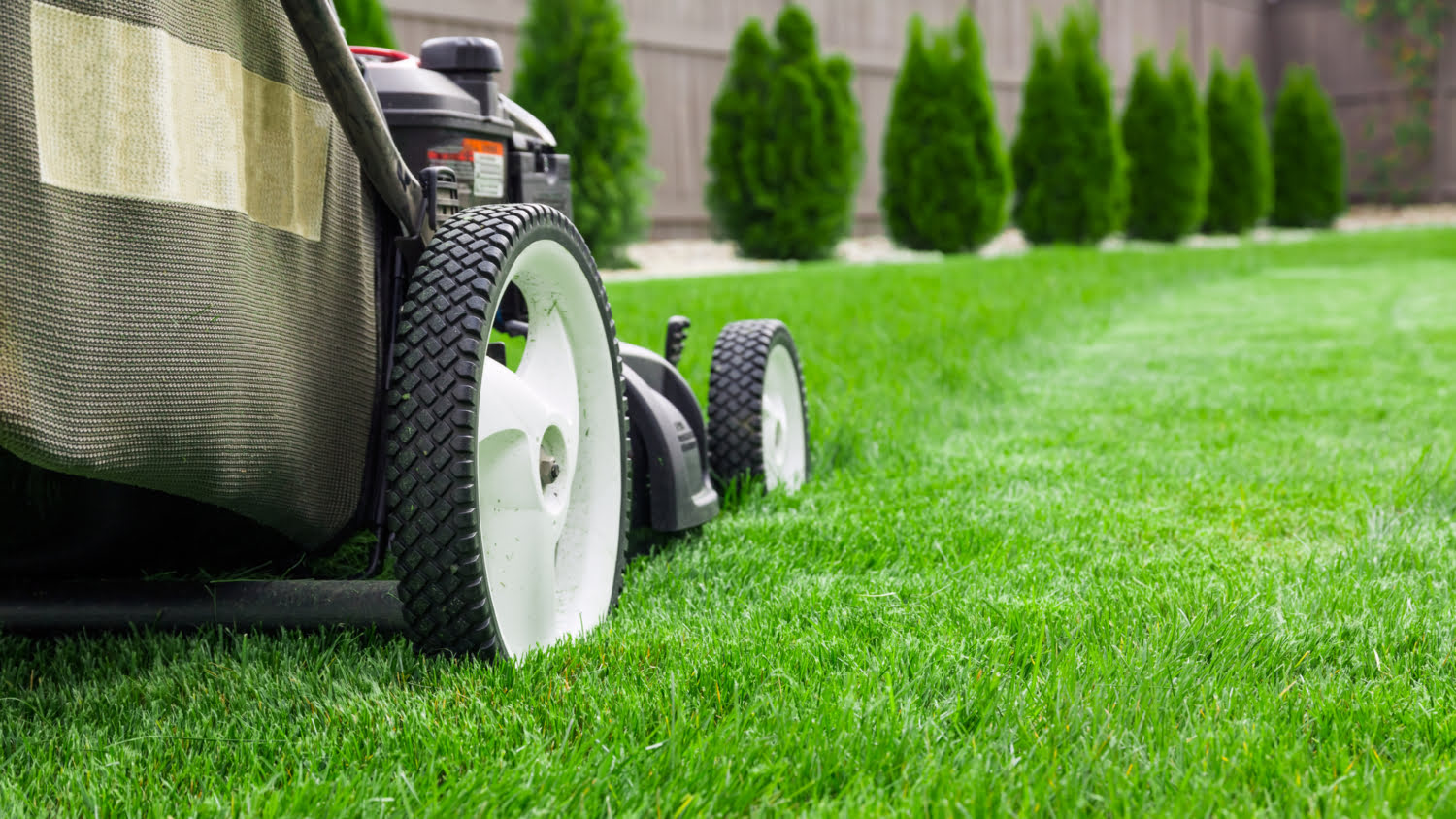

0 thoughts on “When To Put Grass Seed Down In The Spring”